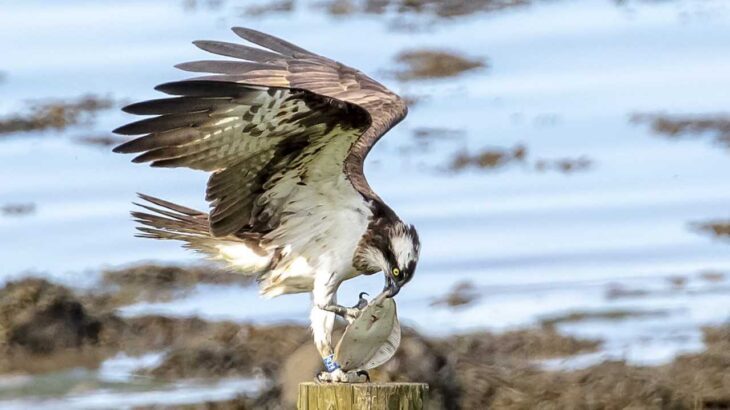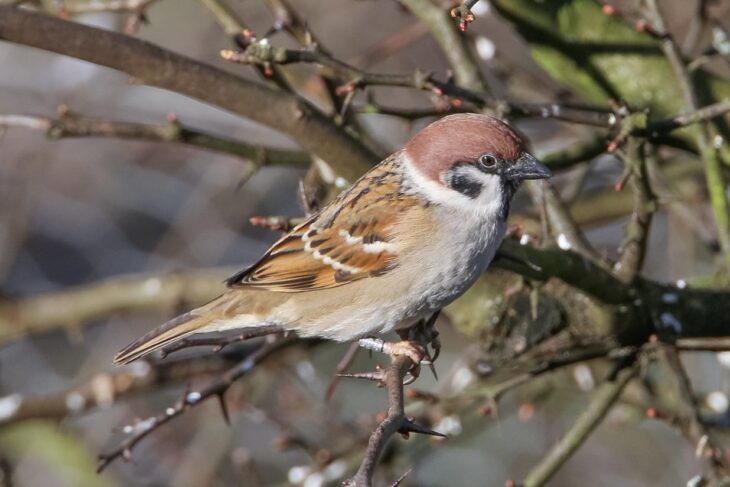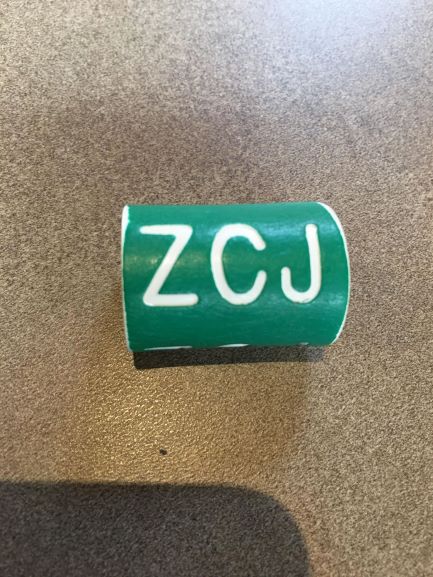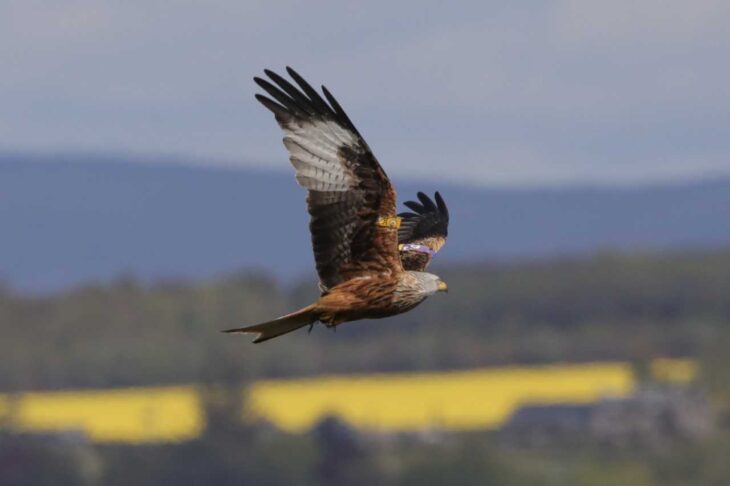Discovering the History of some of Montrose Basin’s Birds
Have you ever spotted a bird in your garden that has a ring on its leg and have you wondered what this ring actually means? At Montrose Basin we often see birds with rings or tags on them and this means we get to find out a lot of interesting information about their history.

Bird ringing is a way of tracking and identifying individual birds to keep a record of their movements and life history. There are several different identifying markers; some birds may have a small metal or plastic ring attached to one leg. Written on the ring will be a combination of letters, numbers or both. These rings are usually coloured and, with some research, the colours of the ring and writing along with the specific letters and/or numbers on the tag can tell you where that specific bird originated from. Other birds, usually larger ones such as birds of prey, will have wing tags instead of rings. These tags work the same way as the leg rings do, by providing a means of tracking individual birds.

A few weeks ago, a member of the public brought a leg ring into the Visitor Centre that they said they had removed from a deceased cormorant that they had found on a beach. Because the bird was ringed, we were able to do some research via the BTO website and then get in contact with the people responsible for the ringing. We found out that the bird in question was in fact a female shag, which would look rather similar to a cormorant especially having been deceased for a while, and she had been ringed on the Isle of May in July 2008 and then successfully went on to have 19 chicks of her own over her lifetime.

At Montrose Basin, we have seen our fair share of ringed birds. Recently we have been seeing a female osprey with a blue ring reading FC6 and we have found out that she was ringed on the Black Isle in 2015. We have also had a sighting of a tagged red kite flying over the area, with purple and yellow wing tags reading P5. We have since been informed that this red kite is a male from a nest near Echt in Aberdeenshire, with limited sightings in 2013 and 2014 in the Aberdeenshire area and the last contact before being spotted at Montrose Basin was in January 2016 near Edzell.

While we may not carry out ringing on the reserve ourselves, it’s been really interesting finding out about all sorts of different ringing projects through seeing ringed and tagged birds during my time here. It shows you just how far birds will come from to visit the Montrose Basin!
Molly Murray
Visitor Centre Assistant
Help protect Scotland’s wildlife
Our work to save Scotland’s wildlife is made possible thanks to the generosity of our members and supporters.
Join today from just £3 a month to help protect the species you love.
Preface
Have you ever spotted a bird in your garden that has a ring on its leg and have you wondered what this ring actually means? At Montrose Basin we often …
